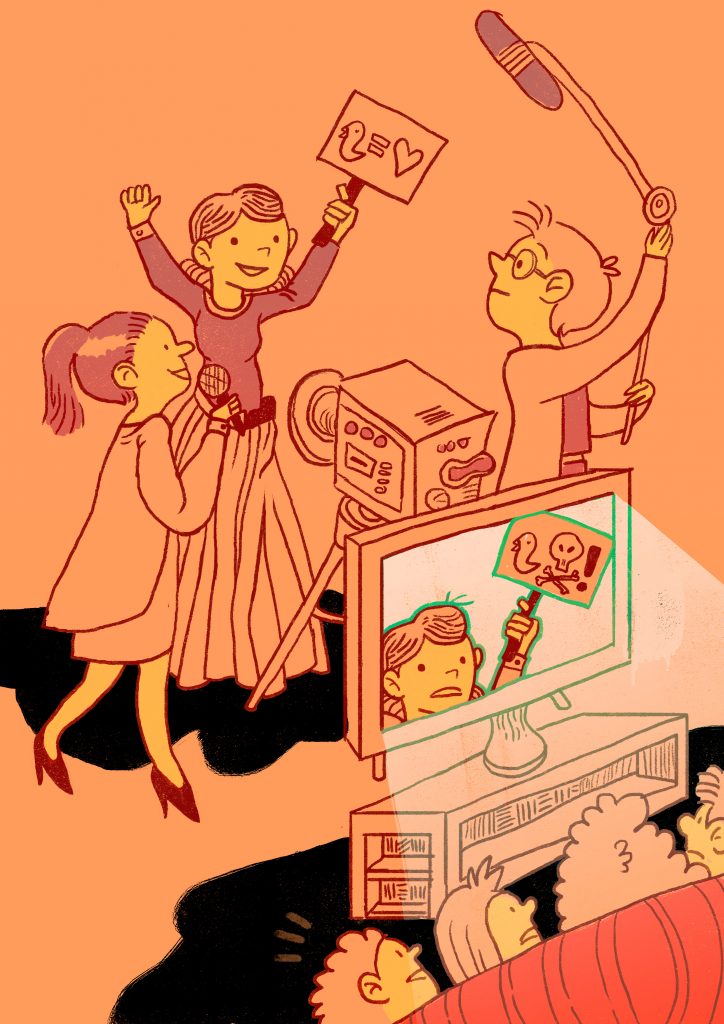
Consuming news in media today is more difficult than ever. The internet makes it so you can find information on anything, but it’s hard to verify whether or not that information is accurate. Because of the influence of the internet and social media, attention spans have dropped drastically. So, if there is more information than ever and people are less inclined to sift through it, that means that a portion of them will be significantly misinformed.
One place this problem is apparent is in articles written for news publications. Different publications have different proclivities and sensibilities that inform their bias and how they reach their audiences. There is nothing wrong with a publication having a point of view. However, if audiences have short attention spans, or don’t know to expand their search, they might only read one article and assume that point of view is the definitive way to look at the situation as a whole.
This problem falls solely on the readers. As readers, we need to realize that we can’t come to a reliable conclusion on a particular issue without consulting at least three or four sources. You can form an opinion from a basic impression of a single article, but it’s necessary to emphasize your lack of authority in that scenario.
Even if you have read three or four articles, you still aren’t an expert and can only rely on the testimonies of other people. Embrace the humility in not knowing for sure and view your opinions as ever-changing.
This is especially true when you agree with the article you’ve read and are sure of your opinion. It’s even more important to seek sources that provide an opposing viewpoint when the articles you find align with your perspective. Even if you don’t change your mind, you will have a better understanding of your own stance by examining the opposition.
A good way to start from a more objective place is to look for articles from the Associated Press (AP). AP sticks to essential details and uses quotes from outside sources to indicate how other people feel without those points of views bleeding into the perspective of the article as a whole. It lets the readers draw their own conclusions based on the facts.
Starting there will allow you to have a purer reaction to the situation without your views being influenced by the tone of a subjective piece. Even when you go into an article aware of biases, it is still possible to be influenced by the way the information is presented.
If a person is portrayed as guilty in an article, that impression will carry over into your perception in some way — even if you are conscious of it. Reviews have similar effects on the way people perceive films and music. If you hear an album is bad from one video on YouTube, you might just assume it’s bad even when you don’t really have any reason to feel that way.
The public needs to make a conscious effort to read as much as possible around a given topic to ensure that they are taking everything into account when considering the issue and forming their opinions. The added level of awareness and effort towards understanding what we read is one step towards adapting to the complexity of consuming news in a digital age.


























